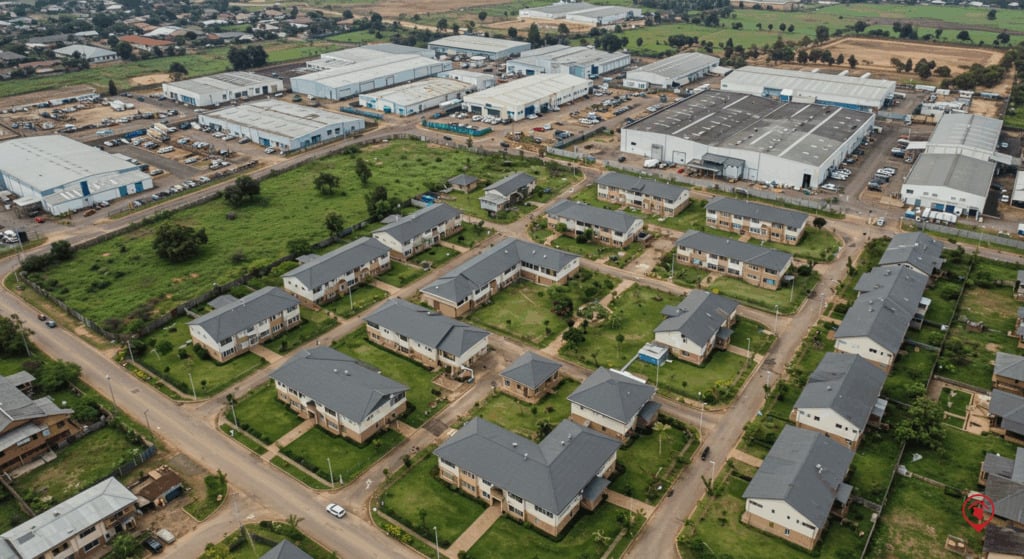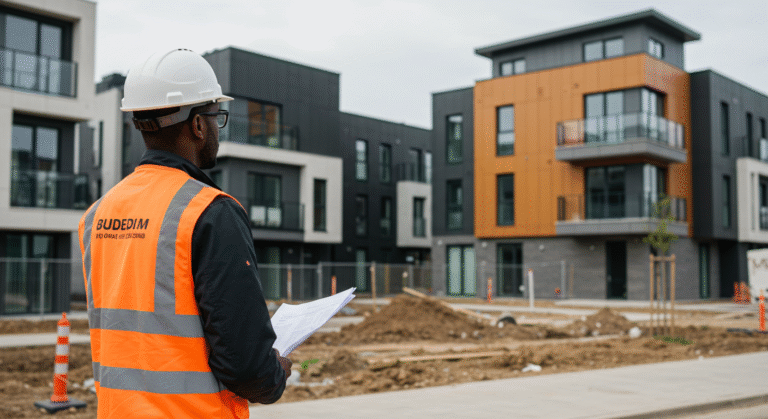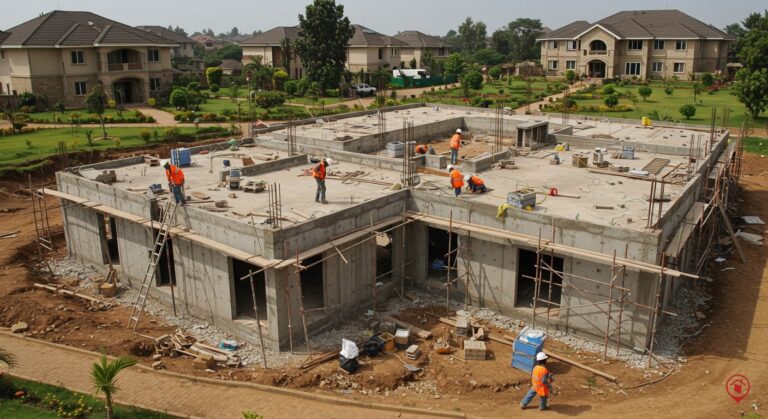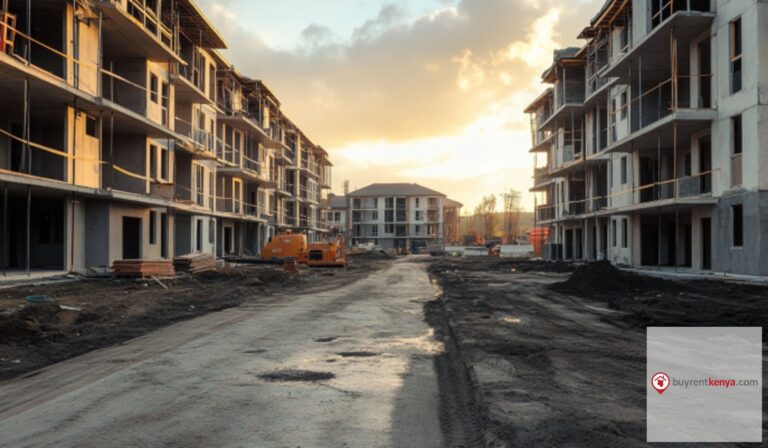Kenya’s SEZ Reset: A Win for Industry or a Blow to Real Estate?
- The government of Kenya has recently raised concerns over the type of residential projects sprouting up in Special Economic Zones.
- SEZ incentives were meant to lower the cost of doing business for industries and to support affordable housing for staff.
- SEZ incentives were meant to lower the cost of doing business for industries and to support affordable housing for staff.
- In the end, whether you see this reset as progress or setback depends on where you stand: for an industrialist, it’s a win.
The government of Kenya has recently raised concerns over the type of residential projects sprouting up in Special Economic Zones (SEZs). Officials noted that some real estate developers have been taking advantage of incentives meant for investors and enterprises within these zones to put up luxury estates and apartments. While not technically illegal, this trend undermines the original purpose of SEZs: to drive industrial growth, job creation, and exports.
In a recent address, Investment Promotion Principal Secretary Abubakar Hassan Abubakar cautioned that the government would do everything possible to ensure that only staff housing directly tied to SEZ enterprises benefits from these incentives.
This raises an important question: is the SEZ reset a win for Kenya’s industrial ambitions, or a blow to the real estate sector? The answer depends on which lens you choose to look through. Let’s break it down.
The Cost of Abuse
Everything we do has a ripple effect, right? When there’s a grey area and people take advantage of it, the whole industry ends up paying the price. SEZ incentives were meant to lower the cost of doing business for industries and to support affordable housing for staff. But when luxury developers step in and use those same benefits, the picture changes. They get to build at a much lower cost since they avoid certain taxes, which means they can sell their units at cheaper prices than developers outside the zones who don’t have that advantage. Naturally, buyers rush to the cheaper SEZ units, leaving other developments struggling to compete.
And it doesn’t stop there. Land and resources that should have gone into staff housing get redirected to premium estates, raising the cost of accommodation across the zones. The presence of luxury projects sets a new pricing benchmark, making even basic staff housing more expensive than it should be. At the same time, billions in tax revenue that should support factories, logistics hubs, and tech parks end up subsidising luxury apartments. Over time, this erodes trust in the SEZ model, making it look less like a growth engine and more like a loophole for the wealthy.
The Win for Industry
For manufacturers, exporters, and service companies operating inside SEZs, this reset is clearly a win. The government’s move restores the integrity of SEZ incentives, ensuring they go to enterprises that create jobs, boost exports, and attract foreign investment. Staff housing, which still qualifies for incentives, makes it easier for companies to house their workforce affordably and closer to work. This reduces commuting costs, improves productivity, and keeps the focus on the real goal: industrial growth.
The Blow for Real Estate
On the other hand, developers who were banking on SEZ-related tax breaks to cut costs and maximise returns from luxury apartments will feel the pinch. Many had used the SEZ framework as a shortcut to cheaper land and tax relief while targeting affluent buyers. With the reset, those perks disappear—no more reduced VAT, no more duty-free imports, no more unfair advantage. That makes luxury projects inside SEZs less attractive and less profitable. Yes, it’s a blow for investors chasing quick wins in speculative real estate, but it’s also a necessary correction to bring SEZs back to their intended purpose.
So, Win or Blow?
The government’s intervention is a double-edged sword. For industry, it’s a win that protects SEZs as engines of growth. For the real estate sector, it’s a wake-up call that easy incentives will no longer fuel speculative luxury projects. In the end, whether you see this reset as progress or setback depends on where you stand: for an industrialist, it’s a win. For a luxury developer, it’s a blow. But for Kenya as a whole, it might just be the reset we need to keep SEZs focused on what they were meant to deliver—jobs, growth, and competitiveness.








